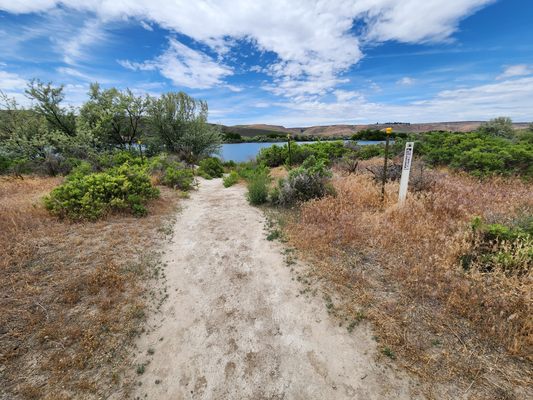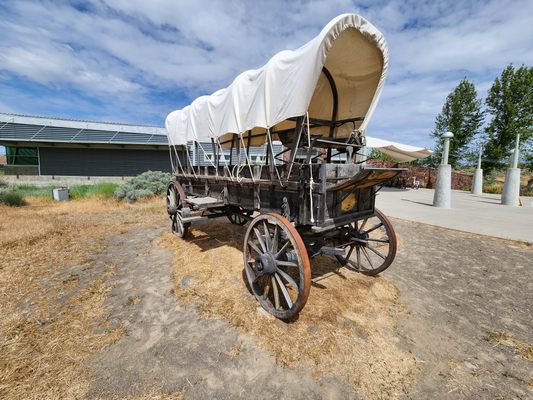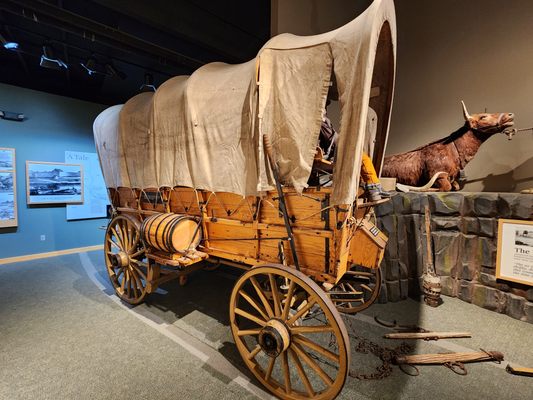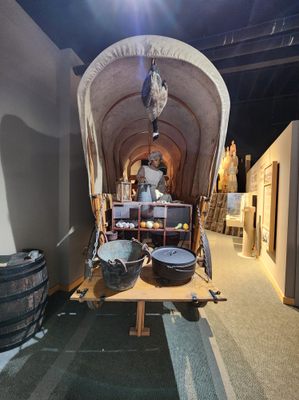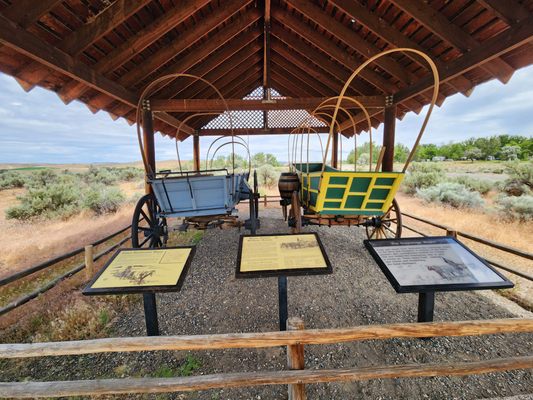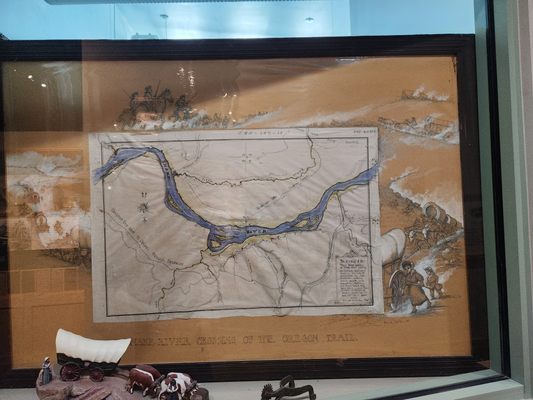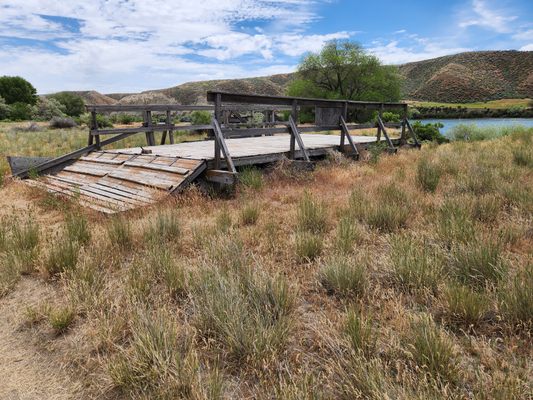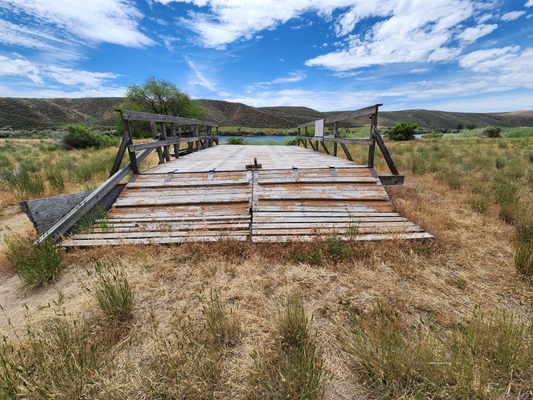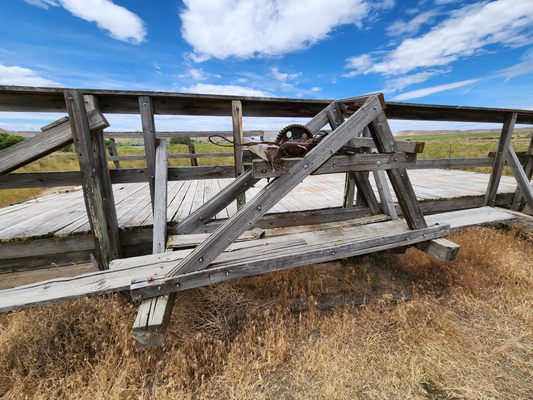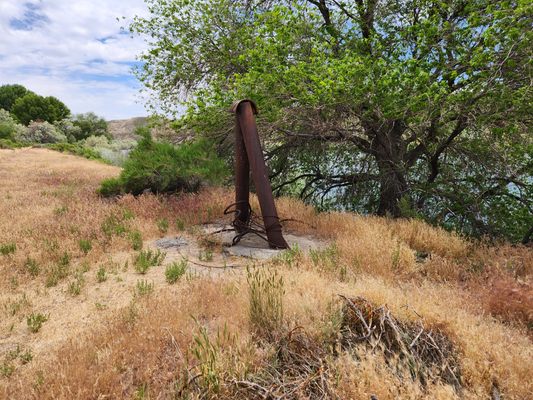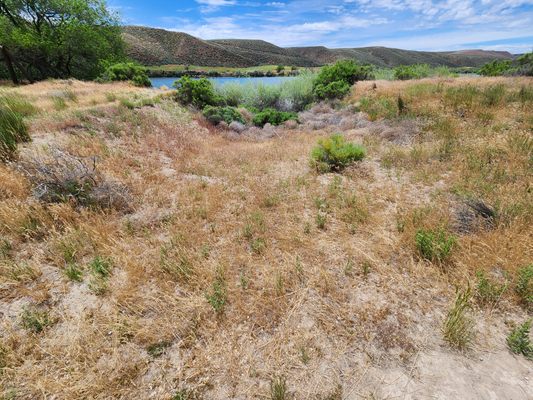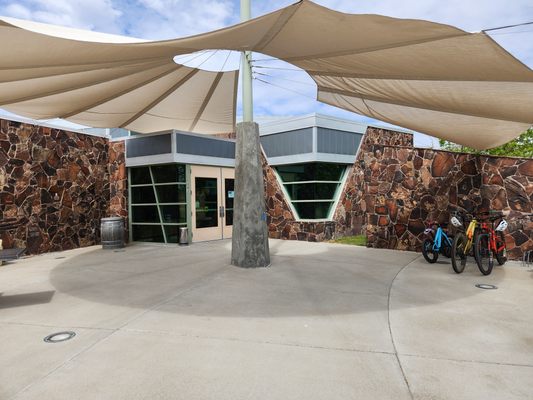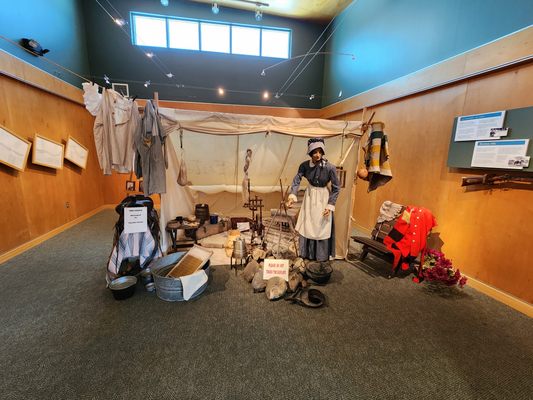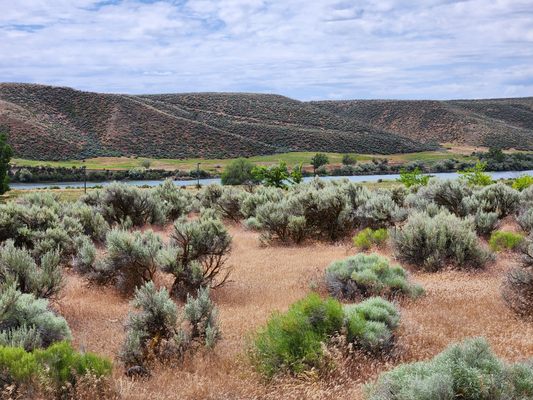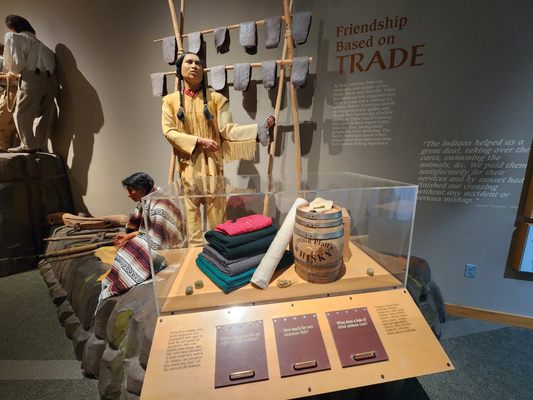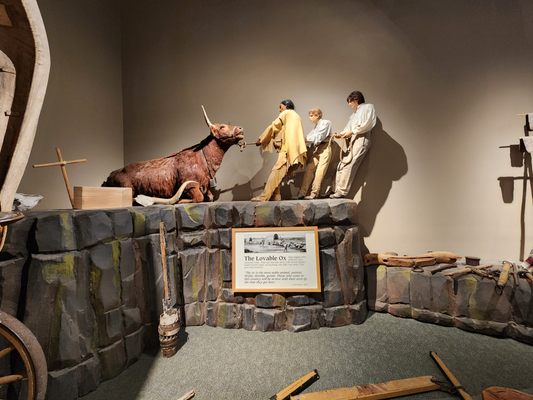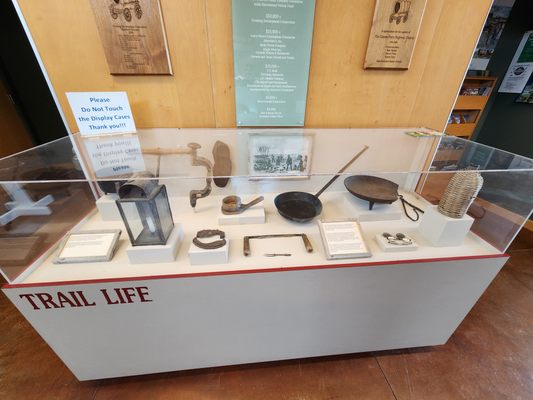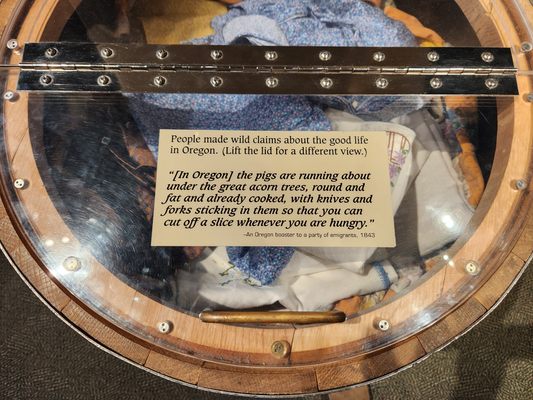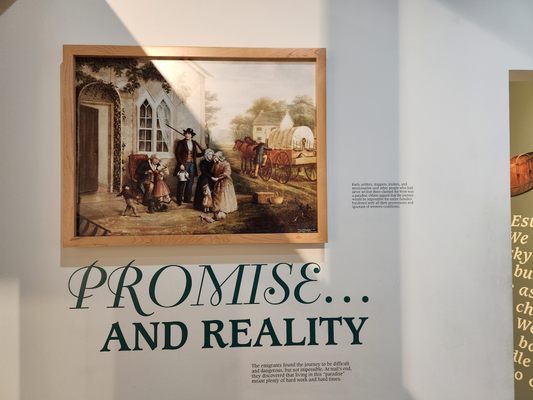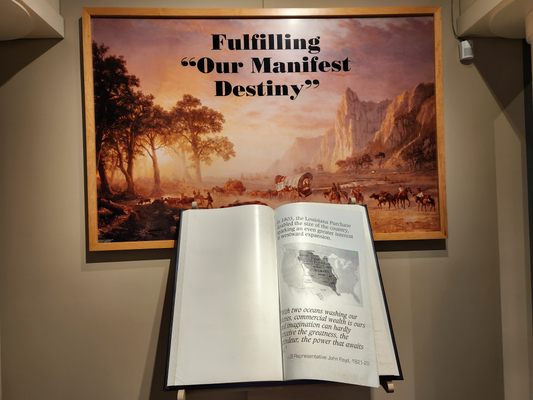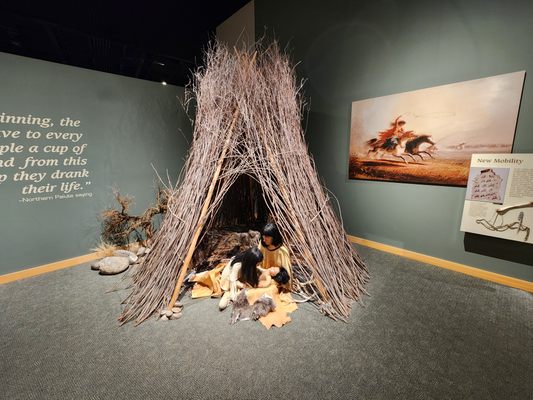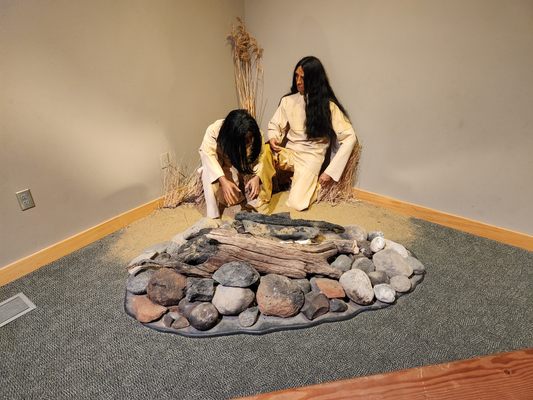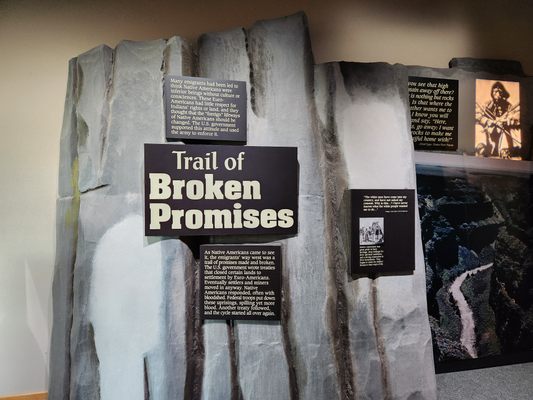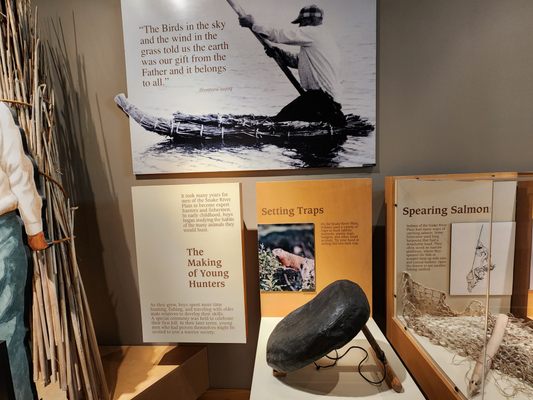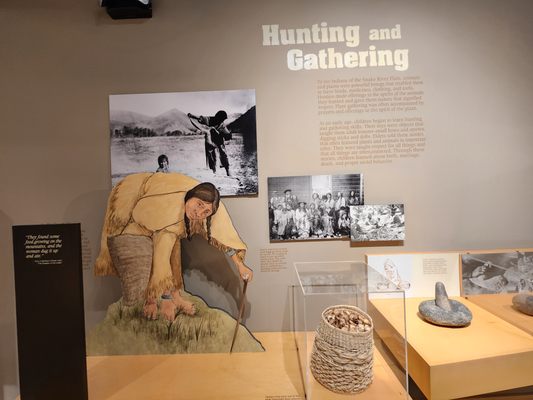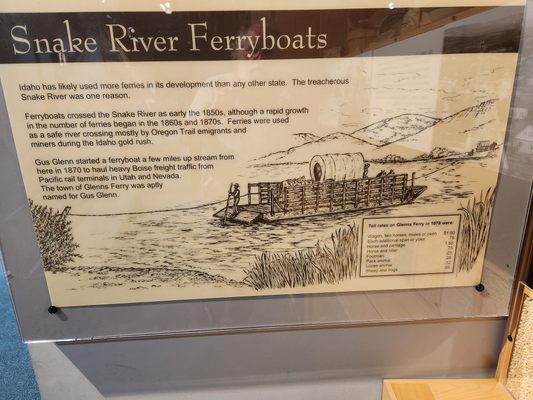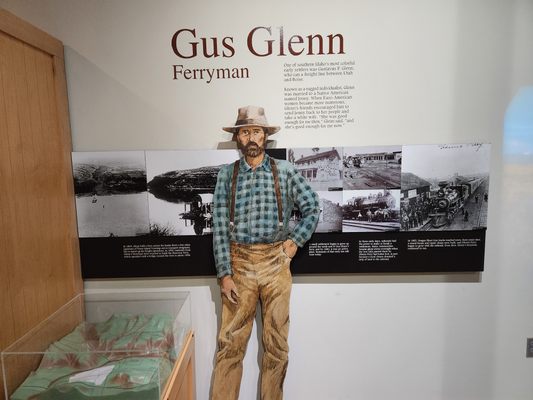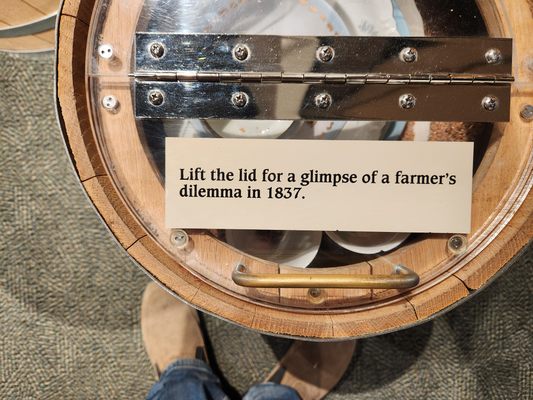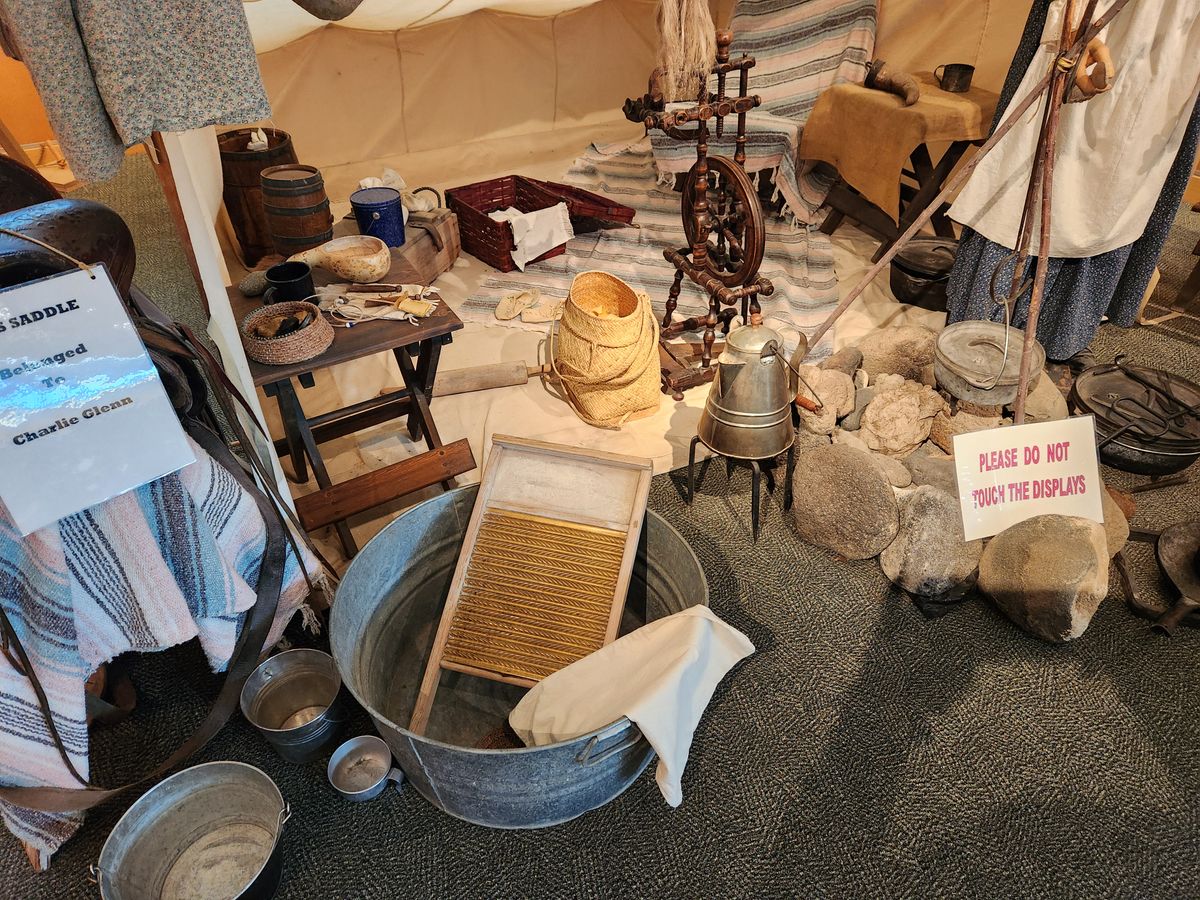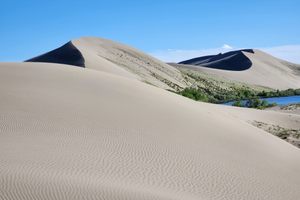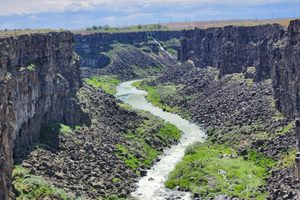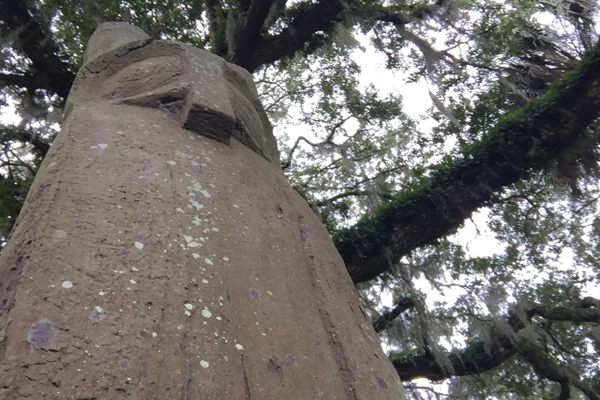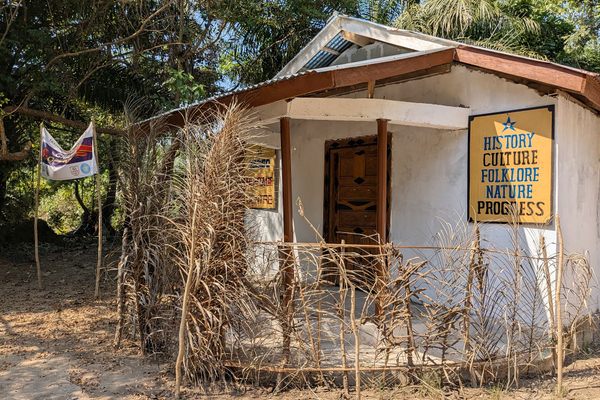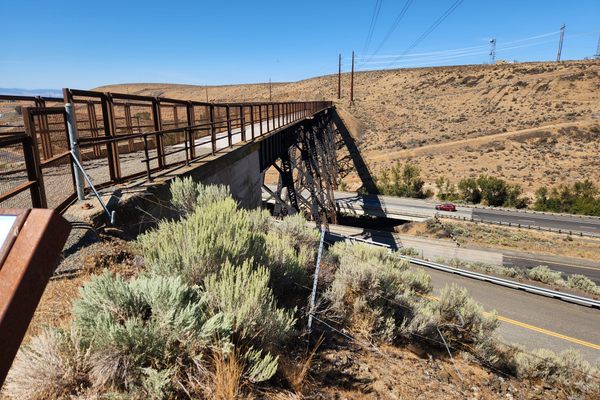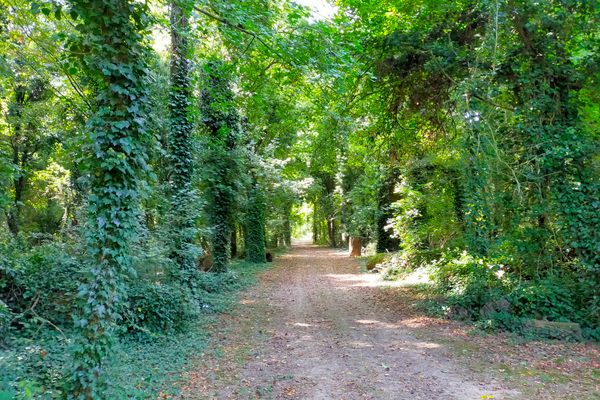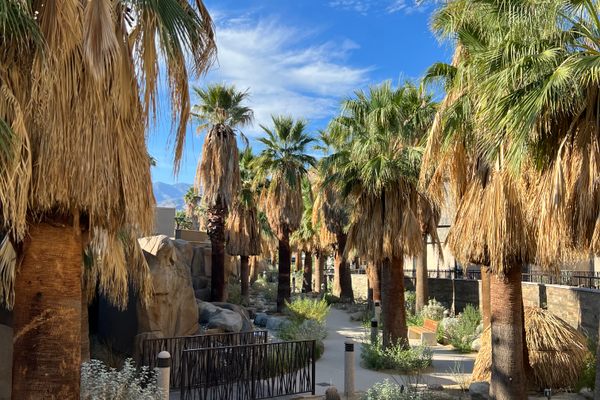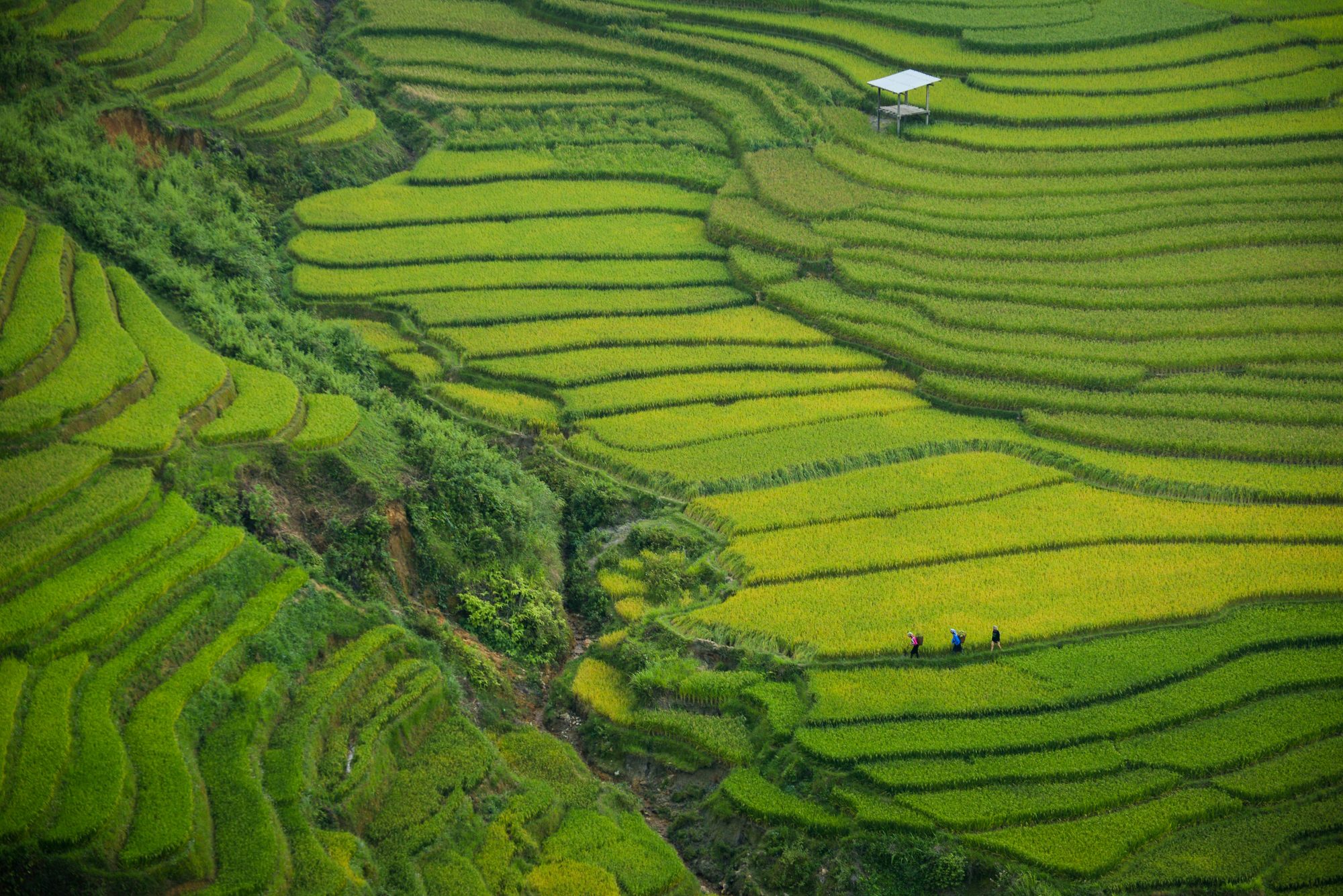About
The Snake River rises in the Yellowstone area and flows generally westward to become the Columbia's largest tributary, joining the latter near the Tri-Cities in Washington state. West of Yellowstone it crosses Idaho through the Snake River plain.
A west-flowing river sounds like it should have been a highway for the westbound emigrants, and to some degree it was. It was not an artery like the great rivers of the east, however. It is blocked by waterfalls in its upper reaches (of which the lowermost is Shoshone Falls). Even below the falls, it runs through deep canyons, often punctuated by rapids. Exasperated trappers, in the words of trapper Wilson Price Hunt, called it the Mad River in the early 19th century.
In an "adding injury to insult" sort of way, not far from the present Idaho state line the Snake turns abruptly north into Hell's Canyon, which was a deep, rapid-filled gorge, especially before the present dams. Hell's Canyon was even avoided by the trappers.
To continue westward, traffic had to leave the Snake. It did so at what the emigrants would later call Farewell Bend, where they went northwesterly, more or less along the route now followed by Interstate 84.
Nevertheless, a branch of the Oregon Trail followed the Snake River, because the alternatives weren't much better. This Idaho State Park is sited at the most dangerous crossing of the Snake. Wagons would descend the steep bluff to the south, and then would have to ford twice, between islands in the river, before floating across the main part of the stream. Many wagons were lost, and many animals—and people—were drowned in the attempt to make this crossing. What made the crossing even more stressful was that it was optional—parties could stay on the south side of the river, but that had dangers of its own: the route there was longer and much drier.
Today the park hosts a remarkably well-done museum on the history of the Oregon Trail, the travails of the emigrants, and—not least—the plight of the local Native Americans caught in the middle. The narrative avoids the triumphalist tone of traditional accounts about the march westward to fulfill Manifest Destiny. Instead, it highlights the desperation of the emigrants who were caught up in the economic depression of the late 1830s, and quotes some of the the promoters' exaggerations, distortions, and outright lies about the attractiveness of Oregon and the ease of the journey there.
Despite the profound collision of cultures, the Native Americans were usually very helpful to the emigrants. They traded extensively, the emigrants being happy to exchange such items as metal knives and clothing for food, and for assistance in making a safe crossing of the river. Before the dams of the 20th century, the Snake supported an extensive salmon run all the way up to Shoshone Falls, and the salmon were a major food source for the Indigenous people.
Unsurprisingly, tensions rose later when the emigrants started to stop and settle, rather than continue on to Oregon. The museum also recounts the sad saga of the Native Americans being forced onto reservations—with the added indignity that promises made by the U.S. Government were not kept, and that the ongoing efforts to "civilize" the "savages" continued into the 20th century, by such means as boarding schools that Indigenous children were forced to attend.
After a series of short-lived ferries, in 1870 Gus Glenn built a ferry here that eventually led to the name of the present town. An early ferryboat is also preserved in the park. It is said that Glenn had a Native American wife, and when Euro-American women became more common in the area he did not divorce his first wife to marry one of them. That such behavior was unusual is indicated by the fact it was a subject of comment.
Related Tags
Know Before You Go
Three Island Crossing State Park is easy to find off Interstate 84 in Glenn's Ferry, Idaho. Take exit 120, go south under the freeway, and follow the signs. Check the website for current fees and hours.
To reach the Three Island Crossing Overlook across the river, take old US 30 (the frontage road) west 1.9 miles from its intersection with W Railroad Drive in Glenn's Ferry and turn left (south) onto Sailor Creek Road. Sailor Creek road doglegs to go across the railroad and then back again to cross the Snake on a bridge. After 0.7 miles, just across the bridge, bear left onto W Slick Ranch Road/Solosbal Road and go 3.4 miles. The road will go south and then bear east, climbing up to the bench that makes the bluffs. Turn left (north) at the marked intersection for the overlook. The overlook is about half a mile in on a well-graded road.
Community Contributors
Added By
Published
December 17, 2024

